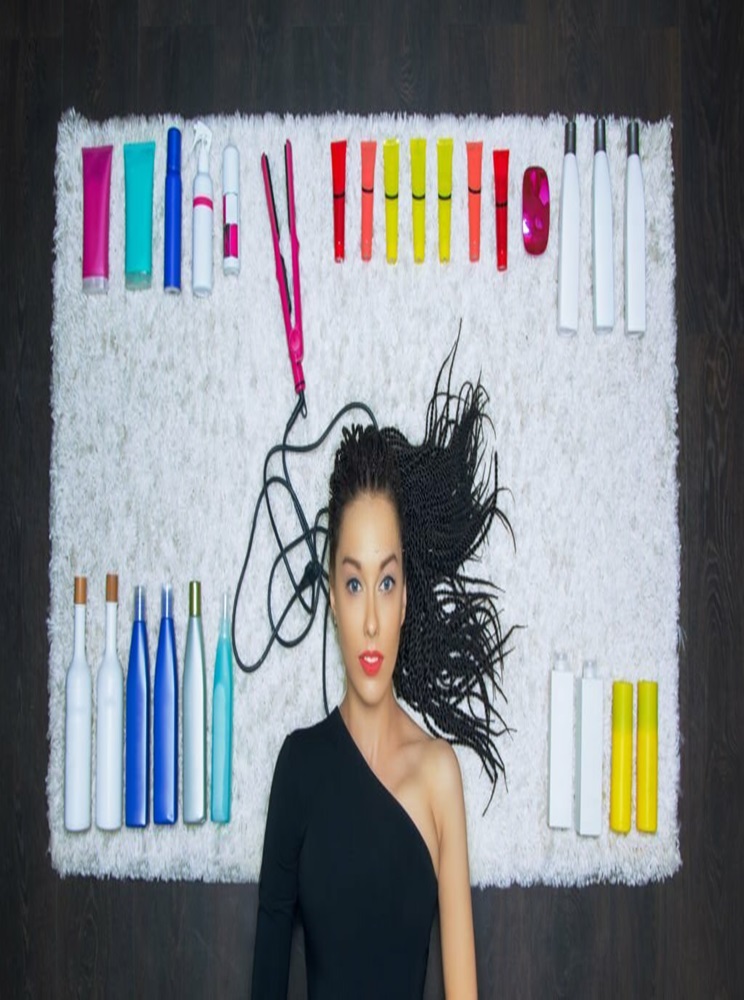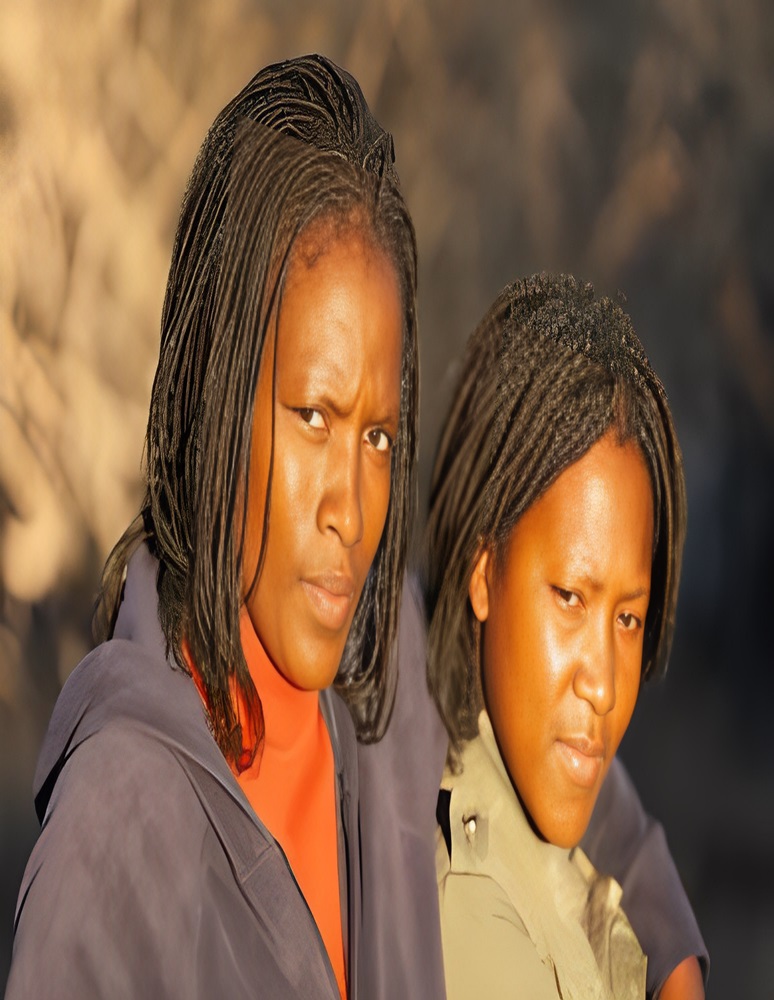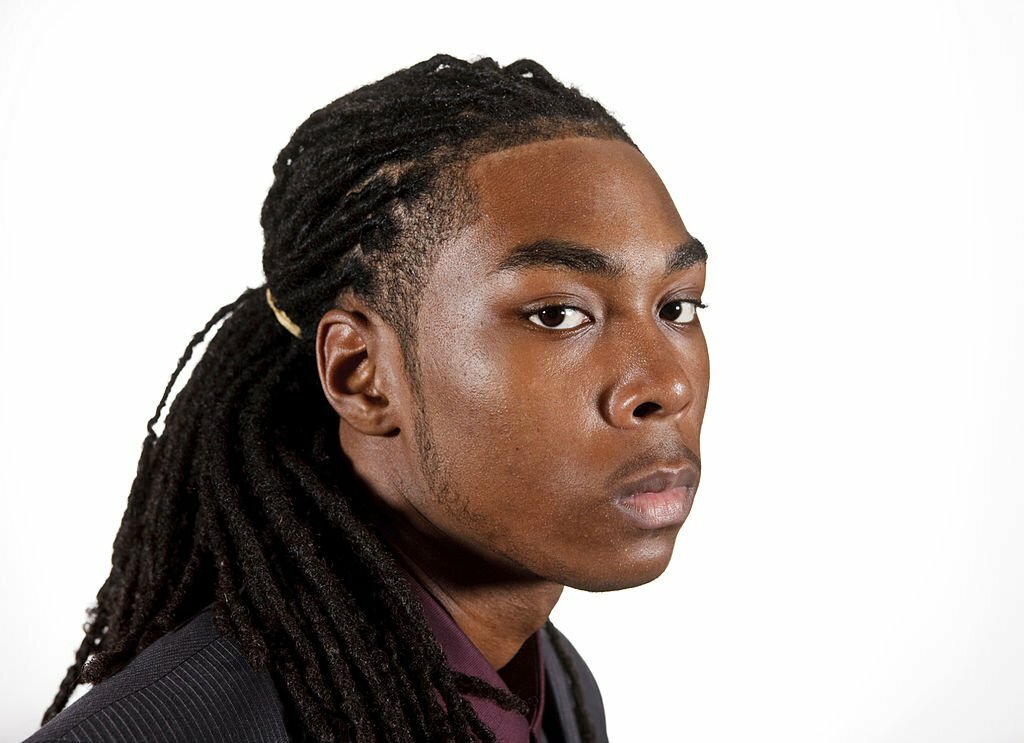Dreadlocks have been around for a long time. However, instagram might get you thinking the trend started in recent years. However, the real thing started far up in ancient times. Therefore, we can’t help but ask did Vikings have dreadlocks.
These rope-like strands are the epitome of beauty, aesthetics, and protectiveness. Some people believe dreadlocks come from the Afro culture; therefore, it’s unwise for people of other races to wear them.
However, you can trace this hairstyle to countless civilizations and distinctive individuals throughout history.
Therefore, in today’s article, we’ll discuss Vikings, dreadlocks, and their connection.
Did Vikings Have Dreads?
For those who don’t know about the Vikings, they were known for having exceptional sailing and fighting skills. Moreover, they paid extra attention to their grooming, especially their hair.
Although there are no written records about the Vikings and their physical appearances, some people who have been in contact with them describe them as having long hair-like ropes.
There were other characters in the Viking TV series, such as Lagertha, who had braids and dreadlocks together.
Images of Norse ladies wearing little braids around their heads adorned with long, flowing flocks of hair—a common style for female Viking dreadlocks—have also gathered. The more manly appearance of dreadlocks in the back and a shaved undercut was common among Viking males.
This evidence suggests that dreadlocks were a common hairstyle among Vikings.
Was There Any Special Meaning Towards A Viking’s Dreadlock?
Apart from popular beliefs, physical appearance mattered a lot to the Vikings. They like caring about how they look and present themselves among the tribe.
Some believe it was to gain respect and stand out from the crowd as heroic soldiers and heroes. Moreover, caring for their hair was a part of their hygiene.
Therefore, the Scandinavian archeologists believe there was a reason the Vikings valued their hairstyle so much. Throughout history, people of different nations wore dreadlocks, but each had different designs.
The hair length, thickness, and texture all contribute to the genetic makeup of every tribe. Moreover, it varies from culture to culture.
Why Did People In Older Civilization Wear Dreadlocks?
Everyone judges us based on how we look. And we’re not talking about the 20th century; this tradition dates back to the beginning. Only now have we managed to sugarcoat the truth.
In earlier civilizations, addressing someone’s physical appearance was a way to highlight their nature as humans and emphasize their qualities in their respected posts.
Women’s hair describes femininity, while the men wore dreadlocks as a symbol of masculinity. Therefore, the need for a hairstyle that describes their personality to those around them was a sign of their identity.
Is There A Difference Between Braids and Dreadlocks?
Although historians make distinctions between the two terms, figuring out their differences is essential:
- Braids: Intentionally forming two or three strands of hair on top of each other till it reaches the end is the purpose of braids.
- Dreadlocks: Hair matting over time naturally forms this hairstyle.
You can take out braids normally, while dreadlocks have a permanent effect. Moreover, braids require 0 to no maintenance, but dreadlocks are a different story.
You must ensure their health, maintenance, and hygiene so they can stay and grow as you intend. However, when you take them out, you must be careful not to cause hair damage.



